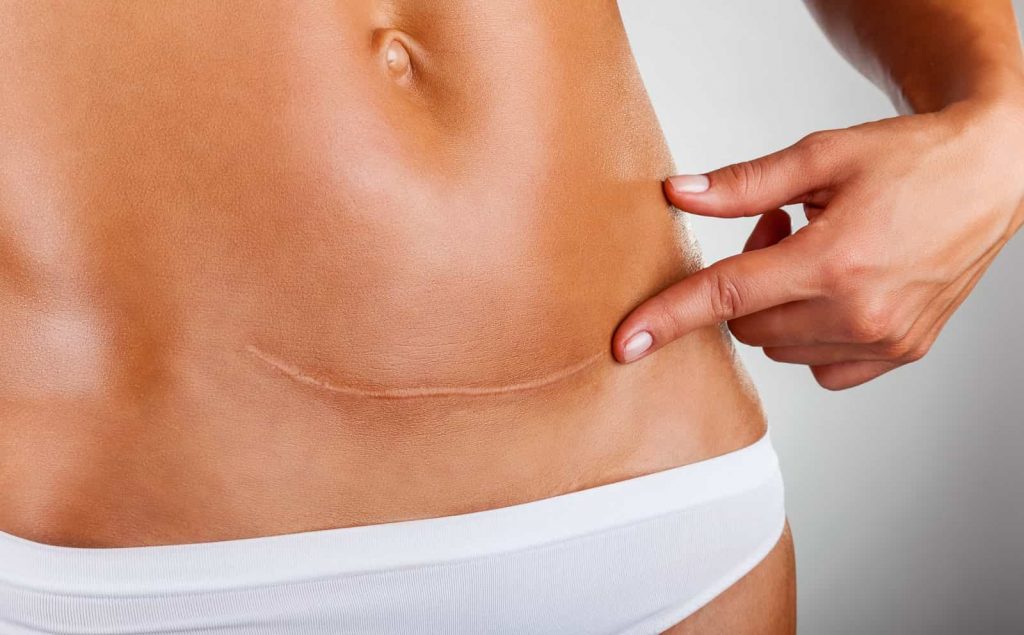
Hypertrophic Scars are usually caused by an injury to the deep layers of tissue called the dermis. Scar tissue forms when the skin has been damaged beyond its first layer. It is the body’s way of healing after surgery, an injury, burns, infections or even acne. As the body heals, it produces new collagen fibers to repair the injured area.
Sometimes an imbalance in collagen production during the healing process causes an overgrowth of scar tissue that is often raised and appears red or pink in color. This type of scar, AKA a hypertrophic scar, can appear larger than the actual wound due to its thick nature and looks similar to a keloid scar. However, these scars do not extend beyond the actual injury.
In general, hypertrophic scars can be painful and itchy even after the wound has completely healed. Why? Because hypertrophic scars often contain blood vessels and nerves and can continue to grow thicker.
Hypertrophic scars can also restrict movement if they are located near a joint because the thickness of the scar causes the tissue to become inflexible. A doctor may recommend massage therapy in order to help a patient regain mobility.
Some patients might be more prone to developing hypertrophic scars especially young people and those with darker skin tones. Although these scars can be unsightly and a nuisance, they will usually improve on their own as they eventually become flatter and appear white over time. However, it can take several years for a hypertrophic scar to settle into its permanent look. Patients who want improvement sooner may seek a natural or procedural scar reduction treatment.
Here are Some of the Top Treatments for Hypertrophic Scars:
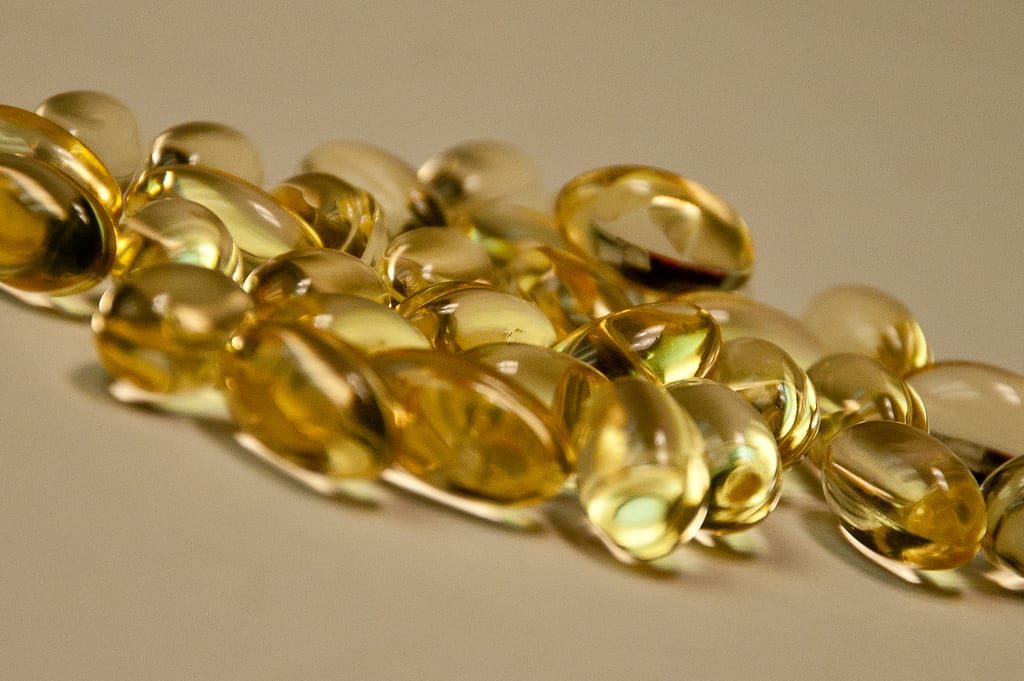
- Vitamin E
Vitamin E has antioxidant properties and can aid in the healing process by stimulating new collagen within the damaged tissue. Vitamin E also moisturizes the skin while helping to ease or eliminate the appearance of scars. Patients should puncture a Vitamin E capsule and apply the contents to the injured area or scar. Gently massage the liquid in a circular motion for approximately 10 minutes at least 2-3 times a day. Natural methods like Vitamin E take time so patients should not expect to see quick results.
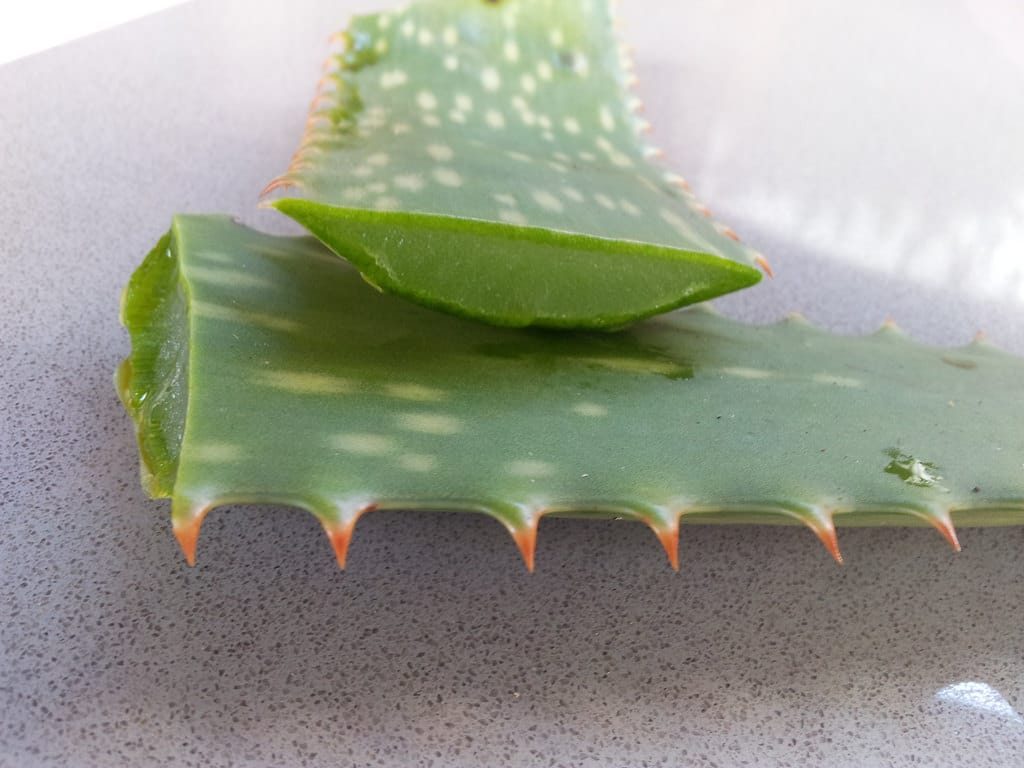
- Aloe Vera
Aloe Vera is well known for regenerating skin tissue as well as reducing the size and appearance of scars. Patients should peel off the outer green leaf of the plant and apply its gel directly onto the scar. The gel should be massaged into the skin for several minutes and then left on the scar until it is dry. After it is dry, rinse the Aloe Vera off with warm water. This treatment should be done several times a day for 1-2 months.
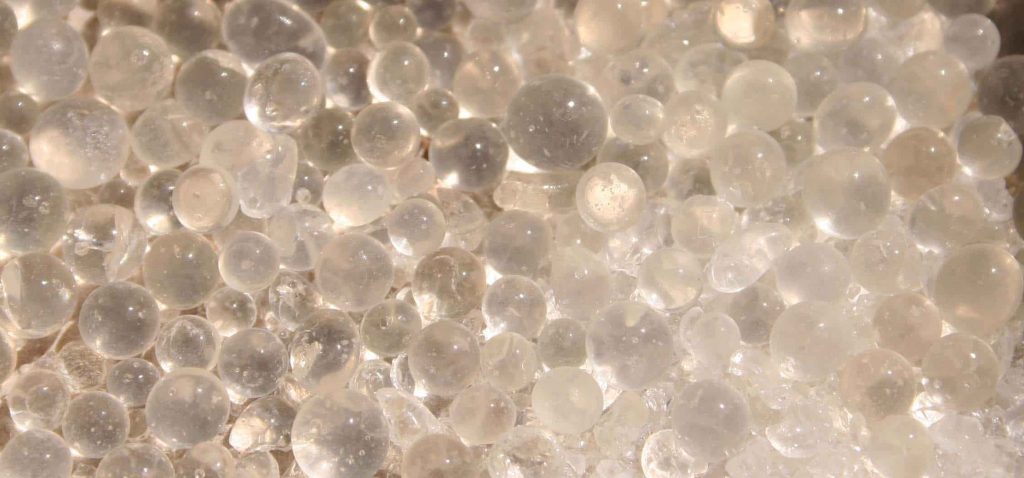
- Silicone Gel Sheeting
Silicone gel sheeting is one of the most popular methods for treating hypertrophic scars. It can be used to prevent hypertrophic scars from forming or to flatten prominent scars. The gel sheets are applied to the skin and moisturize the scar while changing the skin tone so that it matches the surrounding skin. When the gel dries, it is nearly invisible which makes it less embarrassing for the user. Silicone gel treatments are generally done in-office but can also be performed as a home treatment. The sheets are worn each day for approximately 8-10 weeks.
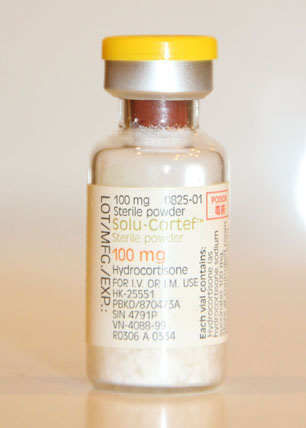
- Topical Steroids
Topical steroids can be used to treat hypertrophic scars and purchased in a cream or ointment form. The steroids are applied directly onto the skin to reduce the appearance of scarring. Patients should consult with a doctor who can recommend the proper dosage of steroids since they come in different strengths. Cortisone and corticosteroids are some of the topical steroids available.
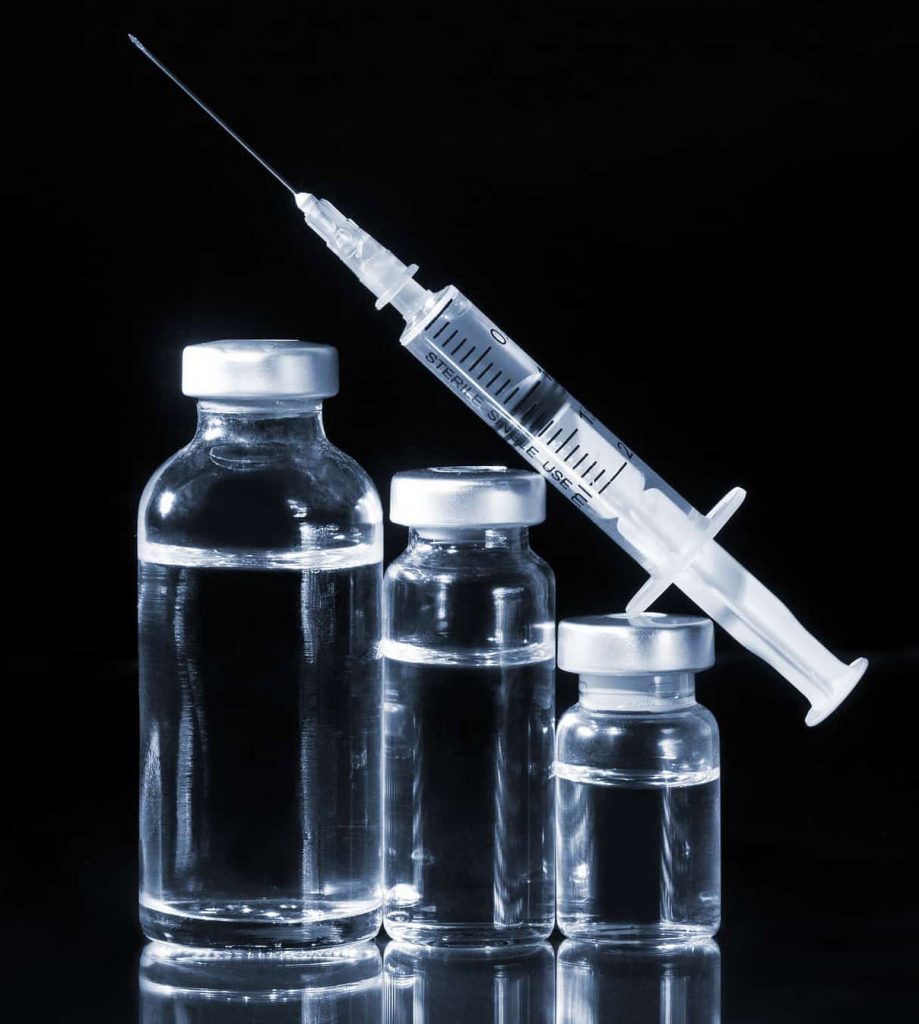
- Injected Steroids
Injected steroids can be used to reduce inflammation and calm any redness. A doctor will inject between 10-120mg of steroids into the scar depending on the size of the scar. Each injection is approximately one month apart until the scar has flattened or faded. In addition, steroid injections may be more beneficial in cases where the application of gel sheets might be difficult such as facial scars.
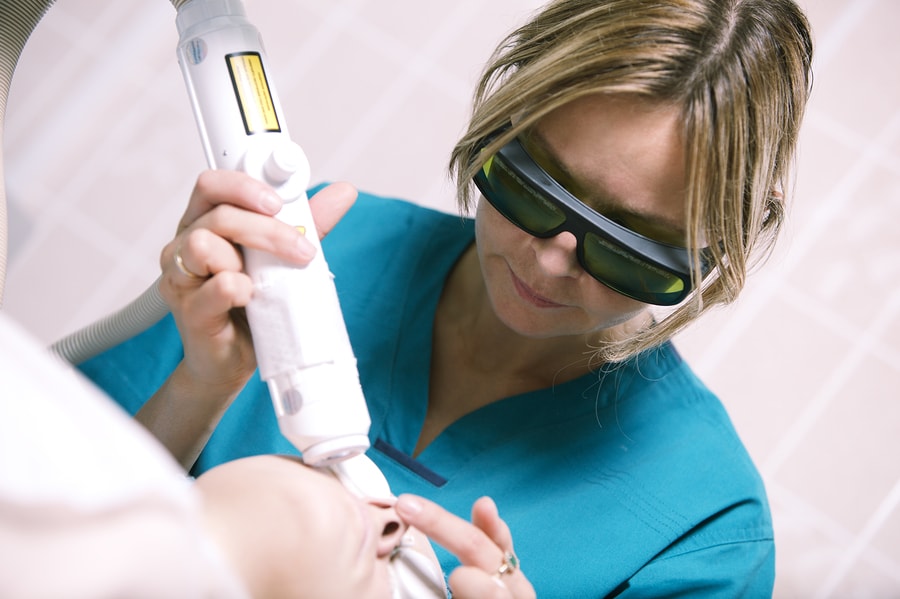
- Laser Therapy
Laser therapy can effectively remove hypertrophic scars by vaporizing the top layers of the scar tissue and exposing the lower layers. The body will regenerate new skin in the treated area which usually results in smoother skin and less noticeable scarring. The treatment duration depends on the severity of the scar.
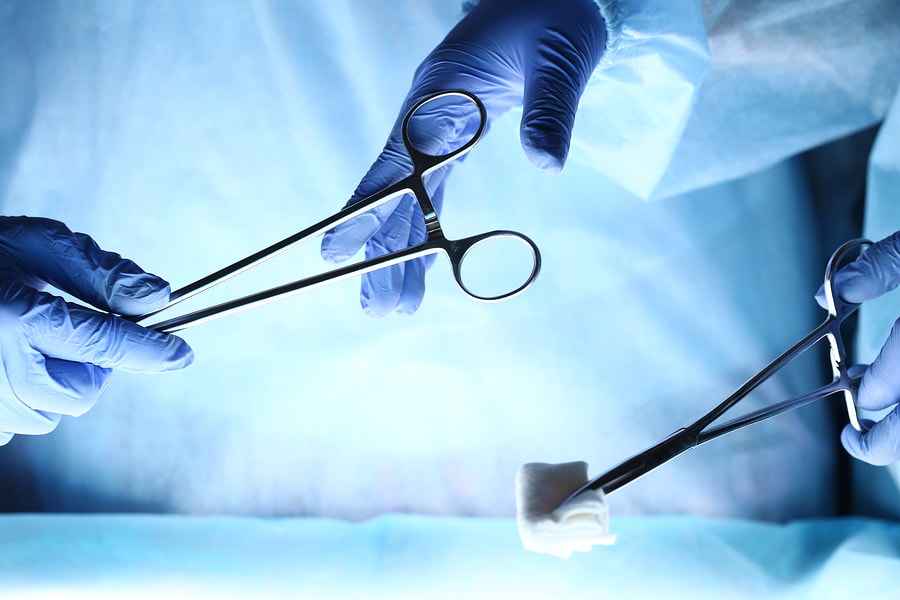
- Surgery
Some hypertrophic scars do not respond well to non-invasive treatments and patients are left with the option of surgery. Although surgery to fix a scar may seem drastic, a wide hypertrophic scar can gain a better appearance when excised and drawn together in a tighter and thinner manner. Following surgery, Vitamin E and silicone gel sheets can be used on the newly formed scar to promote better healing. However, patients should understand that a new scar can take up to 2 years to improve in appearance.
